Green Technology for Homes: Best Devices for Sustainable Living
As environmental concerns grow, the adoption of green technologies in homes is rapidly becoming a priority for homeowners worldwide. These technologies are not only eco-friendly but also cost-effective, offering long-term savings on utility bills and contributing to the reduction of your carbon footprint. Here, we explore the best green technologies for homes in 2025 and discuss how you can integrate them into your living spaces for a more sustainable future.
What is Green Home Technology?
Green home technology refers to the use of innovative systems and devices that prioritize energy efficiency, resource conservation, and sustainability. These technologies aim to reduce the environmental impact of residential living while improving convenience and comfort.
Key goals of green home technology include:
- Reducing energy consumption: By leveraging energy-efficient appliances and renewable energy sources, green technologies minimize power usage.
- Lowering carbon footprints: Using sustainable energy and reducing waste contributes to a significant decrease in greenhouse gas emissions.
- Promoting sustainable living: These technologies encourage practices that conserve resources and reduce environmental harm.
Examples include solar panels, smart thermostats, and water conservation systems, all of which make it easier for homeowners to live sustainably without compromising on modern conveniences.
Best Green Technologies for Homes in 2025
From energy-saving solutions to innovative water conservation tools, green technologies provide homeowners with practical ways to reduce their environmental impact while enhancing convenience and comfort. Below, we explore some of the most impactful technologies for creating greener living spaces.
Solar Power Solutions for Homes
Solar energy remains one of the most impactful green technologies. Solar panels convert sunlight into electricity, offering a renewable source of energy that reduces dependency on traditional grids. This technology not only helps the environment but also significantly cuts electricity costs over time.

If installing a solar panel system seems like too big of an investment, you can start with device-specific solutions that are dedicated to powering small appliances in your home. A lot of newbies start with motion-activated lights and security cameras, as these only require small panels that you can install by yourself.
For instance, Wasserstein offers an array of solar panels that provide non-stop power for battery-operated security cams and video doorbells. With highly efficient solar cells and a unique adjustable mount, these panels can gather enough energy to power smart cameras even during low-light conditions, ensuring they don't die down at the most crucial time of the day and that you don't miss important security-related notifications.
Discover Wasserstein Solar Panels
Smart Water Conservation Technologies
Water is a precious resource, and conserving it is crucial for sustainable living. Smart water conservation devices, such as the Wasserstein AquaPal Smart Leak Detector, play a pivotal role in reducing water wastage. This device monitors water flow in real-time and alerts homeowners to potential leaks, preventing water damage and saving thousands of gallons annually.

Smart water sensors offer additional benefits:
- Detecting leaks early to prevent costly repairs.
- Helping homeowners track water usage and identify areas for improvement.
- Reducing water bills by promoting efficient use.
Learn more about AquaPal Smart Leak Detector
Energy-Efficient Appliances and Smart Systems
Energy-efficient appliances and systems are fundamental to green living. Devices such as smart thermostats, LED lighting, and Energy Star-rated appliances are designed to use less energy without compromising performance.
-
Smart thermostat: These devices allow homeowners to control heating and cooling systems remotely, schedule temperature changes, and optimize energy use. Studies suggest that smart thermostats can reduce heating costs by up to 12% and cooling costs by 15%.

- LED lighting: LEDs use up to 75% less energy than traditional incandescent bulbs and last significantly longer, making them a cost-effective choice.
- Energy Star-rated appliances: From refrigerators to washing machines, these appliances meet strict energy efficiency standards, ensuring lower energy usage.
- Smart Power Strips: These devices eliminate "vampire energy" by cutting power to electronics that aren’t in use, preventing unnecessary electricity consumption.
- Motion-Based Smart Lighting: Motion sensors automatically turn lights on or off based on room occupancy, reducing energy wastage while adding convenience.
- Indoor Air Quality Monitors: These sensors measure levels of dust, VOCs, and other pollutants to help maintain a healthy and energy-efficient indoor environment by optimizing ventilation and HVAC usage.
Home Automation and IoT for Sustainability
The Internet of Things (IoT) has revolutionized green living by enabling homeowners to automate and monitor their energy usage. From motion-sensor lights to smart plugs, IoT devices optimize resource use and reduce waste.
Benefits of home automation for sustainability:
- Automated systems ensure lights and appliances are turned off when not in use.
- Smart irrigation systems monitor weather conditions and soil moisture to prevent overwatering.
- Predictive maintenance features in smart devices alert homeowners to potential issues before they escalate, reducing waste and repair costs.
Eco-Friendly Building Materials

Incorporating sustainable building materials in home construction and renovation is another essential aspect of green technology. Examples include:
- Bamboo flooring: A renewable alternative to traditional hardwood.
- Recycled insulation: Reduces waste by repurposing materials like denim and paper.
- Non-toxic paints: Free of harmful chemicals, improving indoor air quality and reducing environmental impact.
- Self-Healing Concrete: This advanced material uses bacteria to repair cracks automatically, extending the lifespan of structures and reducing the need for frequent repairs.
- Insulating Gel from Cellulose Nanofibers: Derived from plant-based materials, this gel provides superior insulation properties while being lightweight and sustainable.
- Wood Infused with Citrus Peel and Coconut Extract: This material enhances durability and resistance to pests, offering a sustainable alternative to traditional treated wood.
These materials not only reduce carbon emissions but also promote healthier living environments for homeowners.
What Are the Main Benefits of Green Home Technology?

Green home technology offers transformative benefits for both the environment and homeowners. By integrating these advanced solutions, individuals can create more sustainable living spaces that prioritize efficiency and cost savings while contributing positively to the planet.
- Increased Energy Efficiency: Green technologies, such as smart thermostats and energy-efficient appliances, are designed to minimize waste and optimize resource usage. These systems ensure that energy is consumed only when needed, reducing overall consumption.
- Reduced Utility Costs: By using less energy and water, homeowners can see significant reductions in their monthly utility bills. Technologies like solar panels and smart water sensors contribute directly to these savings by offering efficient, cost-effective alternatives to traditional systems.
- Environmental Impact: Green technologies play a crucial role in conserving natural resources, reducing greenhouse gas emissions, and mitigating climate change. From renewable energy solutions like solar panels to eco-friendly building materials, these innovations help lessen the environmental footprint of homes while promoting a healthier planet.
Discover more green living essentials: Smart Home Essentials for Comfort and Style
How to Integrate Green Technology into Your Home
Transitioning to a greener home doesn’t have to be overwhelming. By making deliberate, incremental changes, homeowners can adopt eco-friendly practices that are both cost-effective and environmentally impactful. Integrating green technology into your living spaces is easier than ever, thanks to the availability of smart devices, renewable energy options, and sustainable materials.
Step-by-Step Guide to Going Green
- Start Small: Begin with simple changes, such as replacing traditional light bulbs with energy-efficient smart LEDs. These bulbs use significantly less energy and last longer, making them a quick and effective upgrade.
- Incorporate Renewable Energy: Installing solar panels is a major step toward sustainability. For those looking for smaller-scale options, consider solar-powered outdoor lighting or portable solar chargers for devices.
- Conserve Water: Smart water technologies, like leak detectors and low-flow fixtures, can drastically reduce water waste while saving on utility bills.
- Upgrade Appliances: Swap out outdated appliances for Energy Star-rated models. These devices are designed for efficiency and can significantly cut energy consumption. Additionally, consider replacing older switches with motion sensor switches that automatically turn lights off when a room is unoccupied, preventing unnecessary energy usage and saving costs over time.
- Leverage Incentives: Research local and federal programs offering rebates or tax credits for green technology adoption. These incentives can offset initial costs, making sustainable upgrades more affordable.
Installation Tips for Smart Sensors
Smart Security Solutions with Low Energy Consumption
Energy-efficient security solutions are transforming the way we protect our homes. By incorporating renewable energy sources and smart technology, these systems provide robust security while minimizing electricity usage. Solar-powered devices, such as security cameras, floodlights, and doorbells, eliminate the need for conventional power sources, making them ideal for eco-conscious homeowners.
- Solar-Powered Security Cameras: These cameras use solar panels to charge batteries, ensuring continuous operation without drawing energy from the grid. They’re perfect for remote areas and provide reliable monitoring with features like motion detection, night vision, and high-resolution recording.
- Smart Video Doorbells: Combining convenience with sustainability, smart doorbells powered by solar energy allow homeowners to monitor and communicate with visitors via mobile devices. These devices often integrate with home automation systems for enhanced functionality.
- Motion-Activated Floodlights: Solar-powered floodlights with motion sensors provide both security and energy savings. They activate only when motion is detected, reducing unnecessary energy use while deterring intruders.
Key Benefits:
- Energy Independence: Solar-powered security devices operate independently of the electrical grid, reducing utility costs and providing resilience during power outages.
- Remote Accessibility: Many systems integrate with mobile apps, enabling real-time monitoring and control from anywhere.
- Environmental Impact: By using renewable energy, these devices significantly reduce carbon emissions compared to traditional security systems.
Smart Home Automation for Green Living
Smart home automation is revolutionizing the way we approach sustainability by seamlessly integrating advanced technology into everyday life. These systems allow homeowners to monitor, control, and save energy in real-time, promoting more efficient and eco-friendly practices.

Key Features of Smart Home Automation for Sustainability:
- Programmable Schedules: Automating systems such as lighting, heating, and air conditioning ensures energy is used only when necessary. For instance, smart bulbs can turn off when a room is unoccupied, and HVAC systems can adjust to energy-saving modes when no one is home.
- Energy Monitoring: Real-time data provided by smart devices gives homeowners insights into their energy consumption patterns. This information allows for informed decisions to reduce waste and enhance efficiency.
- Integration of Smart Appliances: Connected appliances like refrigerators, washing machines, and ovens can be scheduled to operate during off-peak hours, reducing strain on the grid and lowering utility costs.
- IoT Connectivity: The Internet of Things (IoT) enables multiple devices to communicate and work together. For example, motion sensors can trigger lights and climate control systems to activate only when needed.
- Remote Access and Control: Through mobile apps, homeowners can monitor and adjust their systems from anywhere, ensuring optimal energy use even while away.
Advantages of Automated Green Homes:
- Efficiency: Automated systems eliminate the risk of leaving devices running unnecessarily, saving significant amounts of energy.
- Convenience: With everything controlled through a central hub or app, managing a home becomes effortless.
- Cost Savings: By optimizing energy use, homeowners save money on monthly utility bills.
FAQ
What are the most effective green technologies for homes?
Solar panels, smart thermostats, energy-efficient appliances, and water conservation systems are among the most effective tools for sustainable living.
How do solar panels impact home energy efficiency?
Solar panels provide a renewable energy source, reducing reliance on traditional electricity grids and lowering carbon emissions.
What is the payback period for solar panels and other green technologies?
The payback period depends on installation costs, energy savings, and available incentives. On average, solar panels take 6–10 years to pay off, while smaller devices like smart thermostats offer quicker returns.


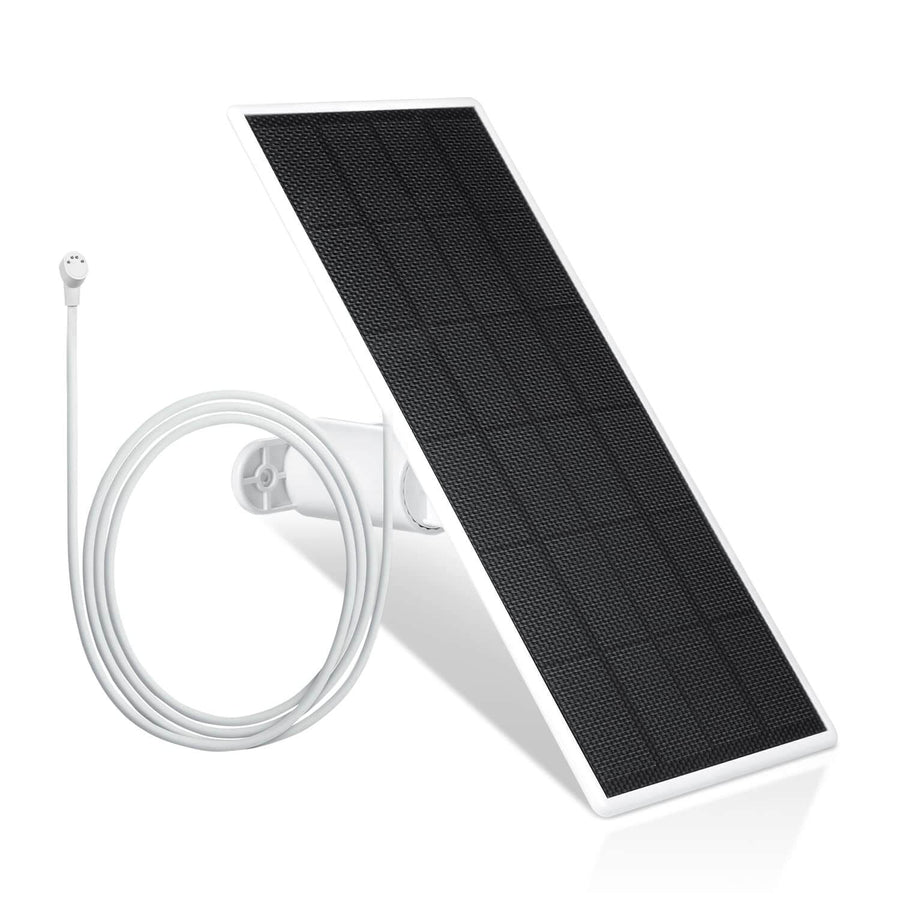
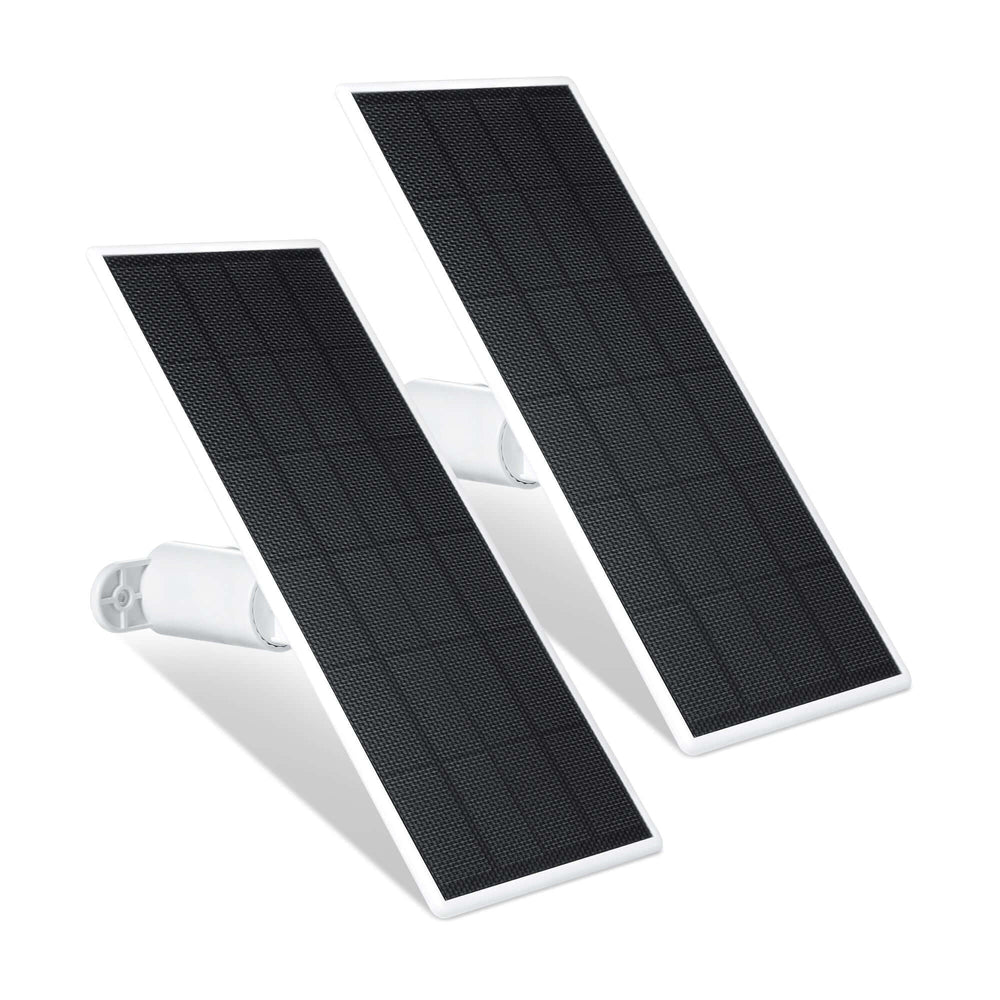
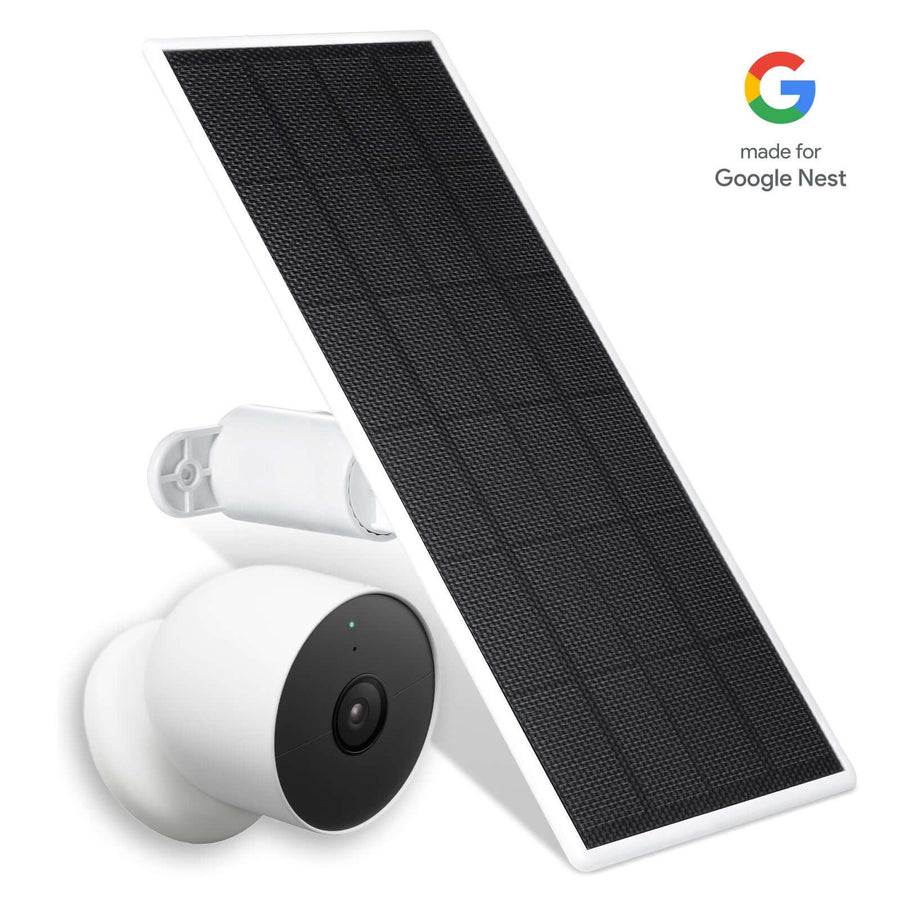
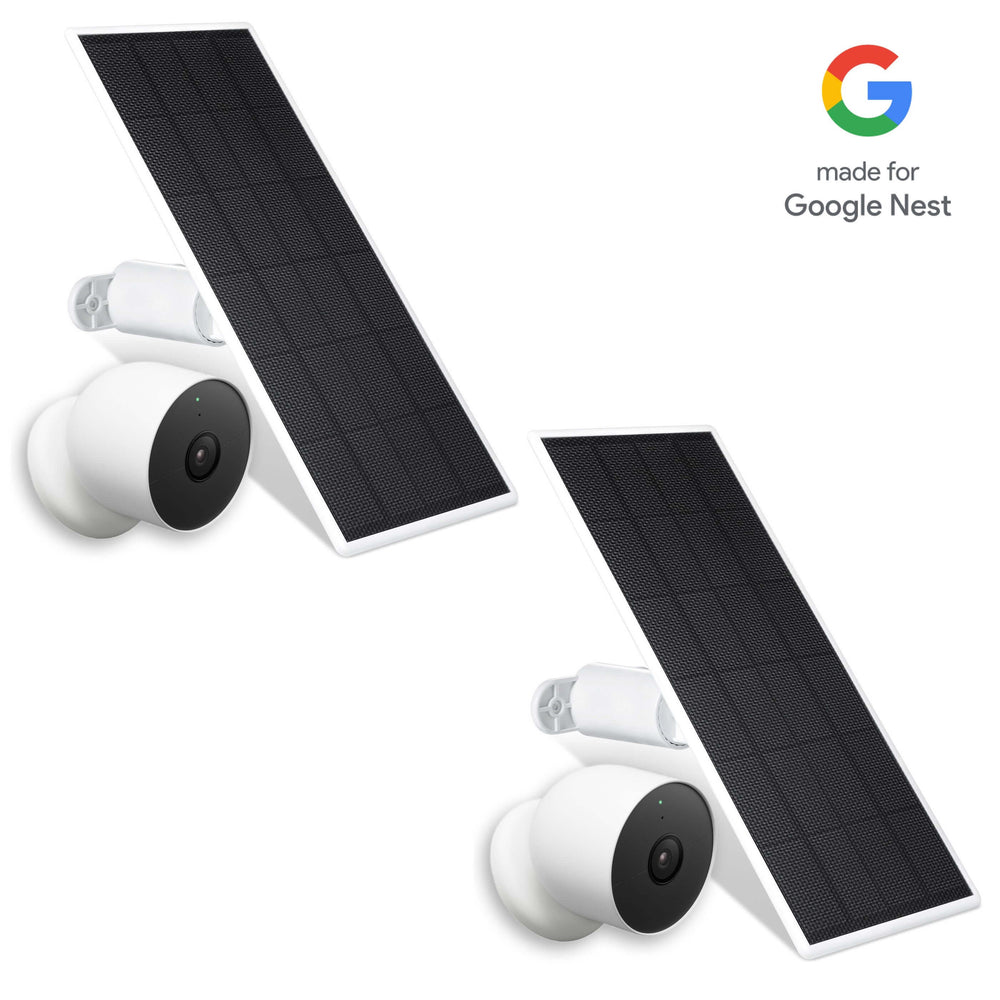
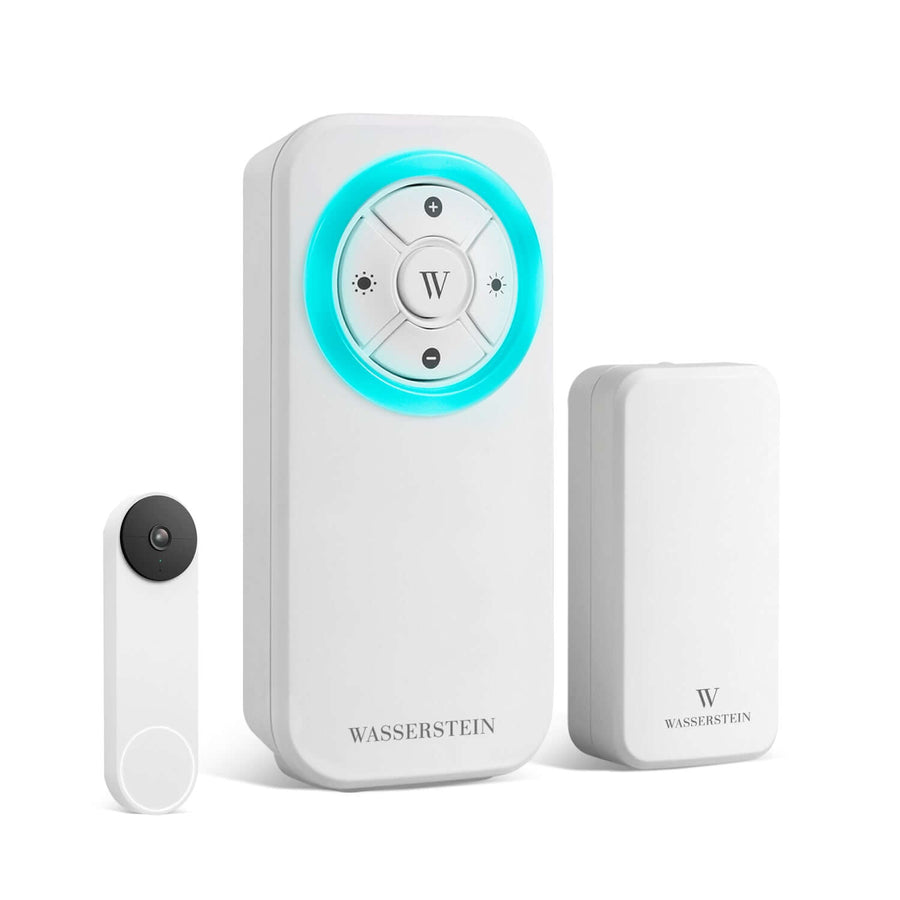

Leave a comment